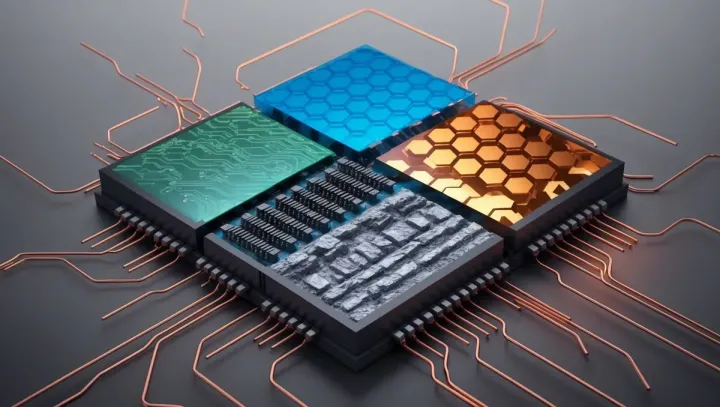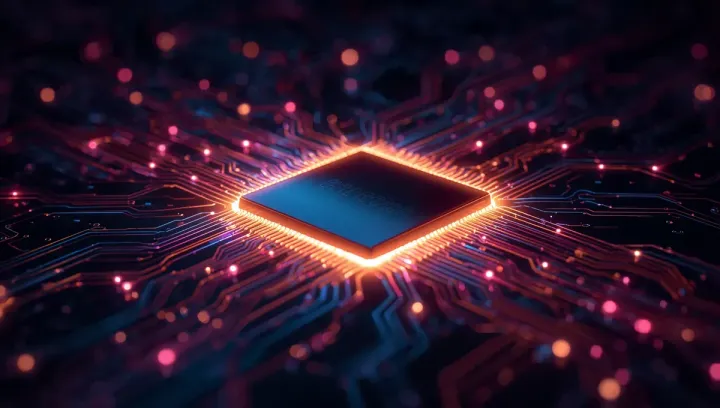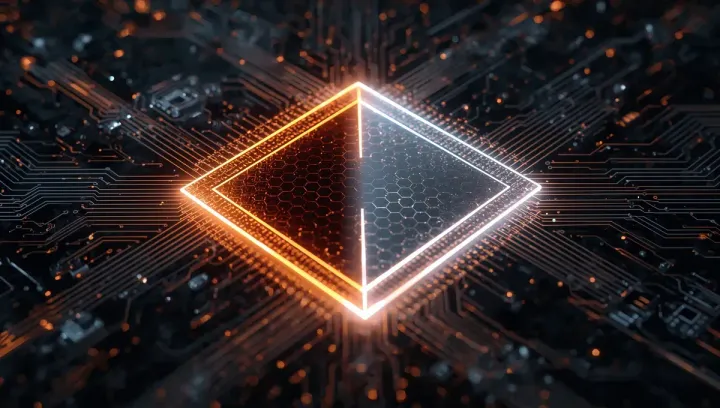Future Chips: A Brain-Friendly Guide (Part 1) - What is a Chip? The Simple Silicon Story
Have you ever stopped to think about how your phone knows what to do?
It seems like magic, right? You tap an icon, and instantly, a video starts playing, or you can talk to someone on the other side of the world. But it’s not magic. It’s technology. And at the heart of all this technology, there’s a tiny and super-powerful component: the microchip.
Think of the chip as the brain of your device. Whether it’s in your phone, your computer, your TV, or even your fridge, there’s a chip inside, working silently to make everything function.
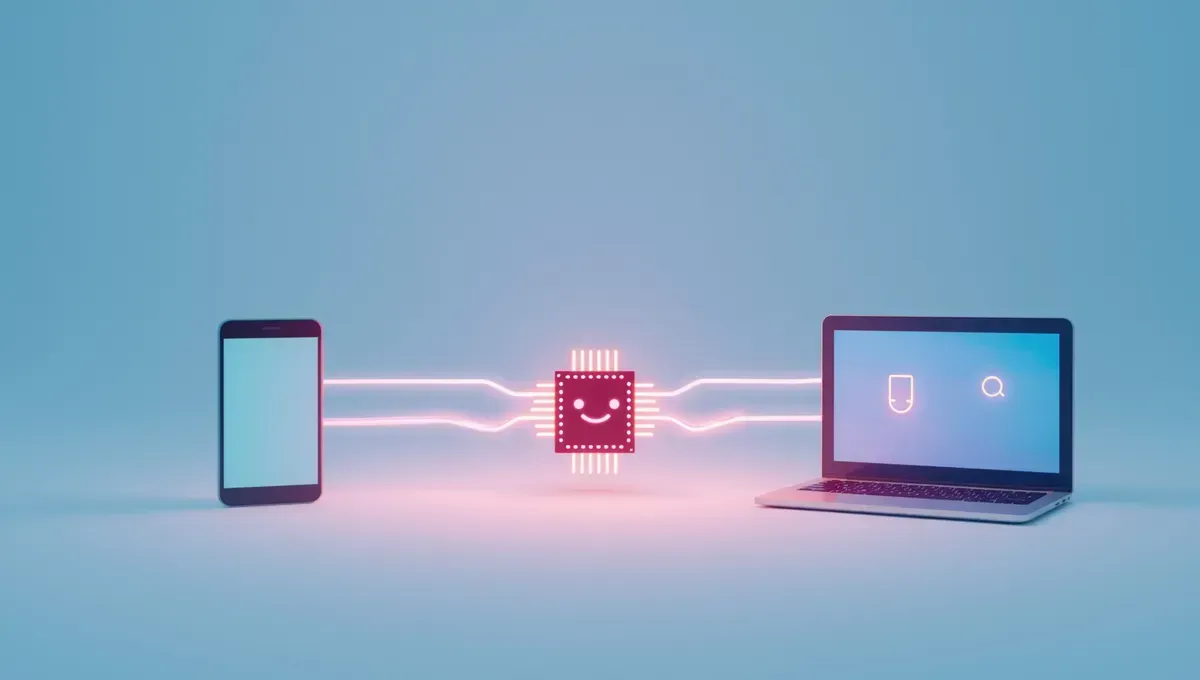
A Miniature City
But what is a chip, really? The best way to imagine it is to think of a miniature city, a very, very small one.
- The Streets: In this city, the streets are the circuits, extremely thin metal paths where electricity flows.
- The Buildings: The buildings are the transistors. Think of them as light switches. They can be either on or off.
This simple action of ‘turning on and off’ is the basis of everything. Each ‘on’ is a 1 and each ‘off’ is a 0. And with billions of these switches flipping on and off billions of times per second, the chip can perform calculations, display videos, and run the apps you love. It’s the famous binary code in action!
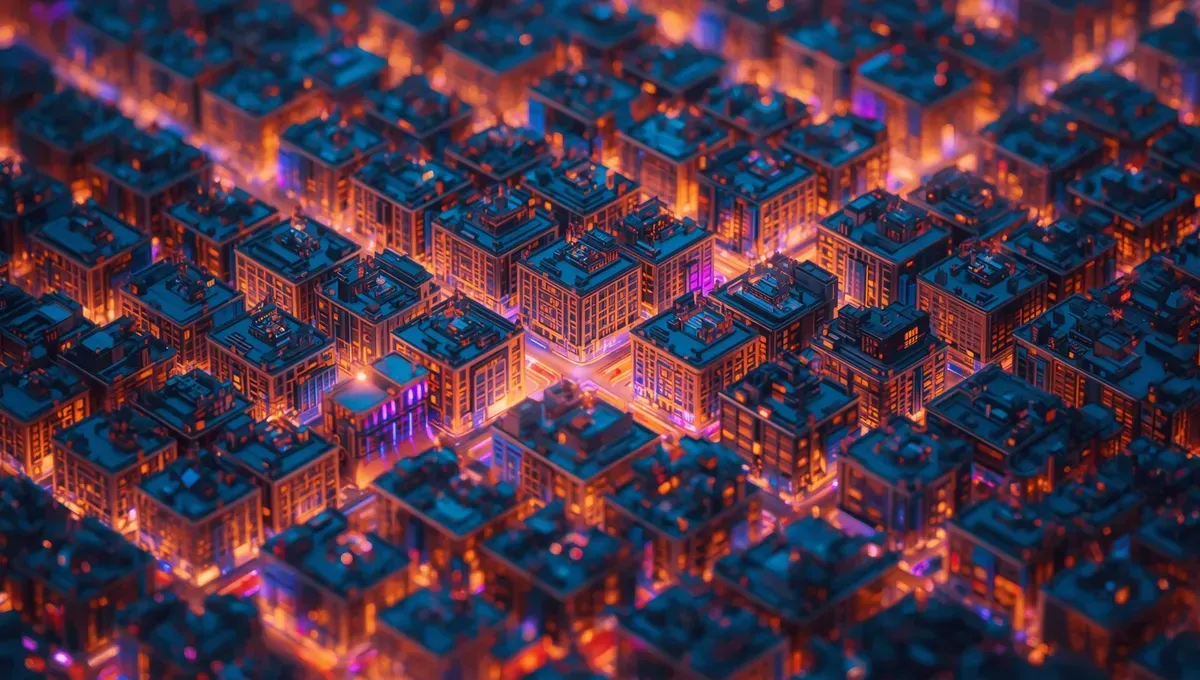
King Silicon
And what is this city made of? The main material, the ‘brick’ of almost every chip in the world, is Silicon.
You know the sand at the beach? It’s mostly made of silicon dioxide. Scientists take this ‘sand’, purify it as much as possible, and turn it into perfect cylinders of pure silicon, which are then sliced into thin discs called ‘wafers’. It’s on these wafers that the magic happens and the miniature cities are built.
Silicon has been the king for decades for a good reason: it’s cheap, abundant (there’s sand everywhere!), and it’s a ‘semiconductor’. This means we can precisely control whether it conducts electricity or not, which is perfect for creating transistors (our switches).
![]()
The King’s Limit
The problem? We’re reaching the limit of what silicon can do. Engineers are trying to fit more and more ‘buildings’ (transistors) into our miniature city, but space is running out. And when things get too crowded, they start to heat up and use more energy.
That’s why scientists all over the world are in a race to find new materials, the superheroes that will replace or join silicon to create the next generation of chips.
In the next part of our series, we’ll meet some of these incredible materials, like Graphene, Borophene, and Black Phosphorus. Get ready for the future!
References:
- Roadmapping the next generation of silicon photonics (Nature):
- Silicon photonic devices for scalable quantum information applications (Chinese Optics Letters):
